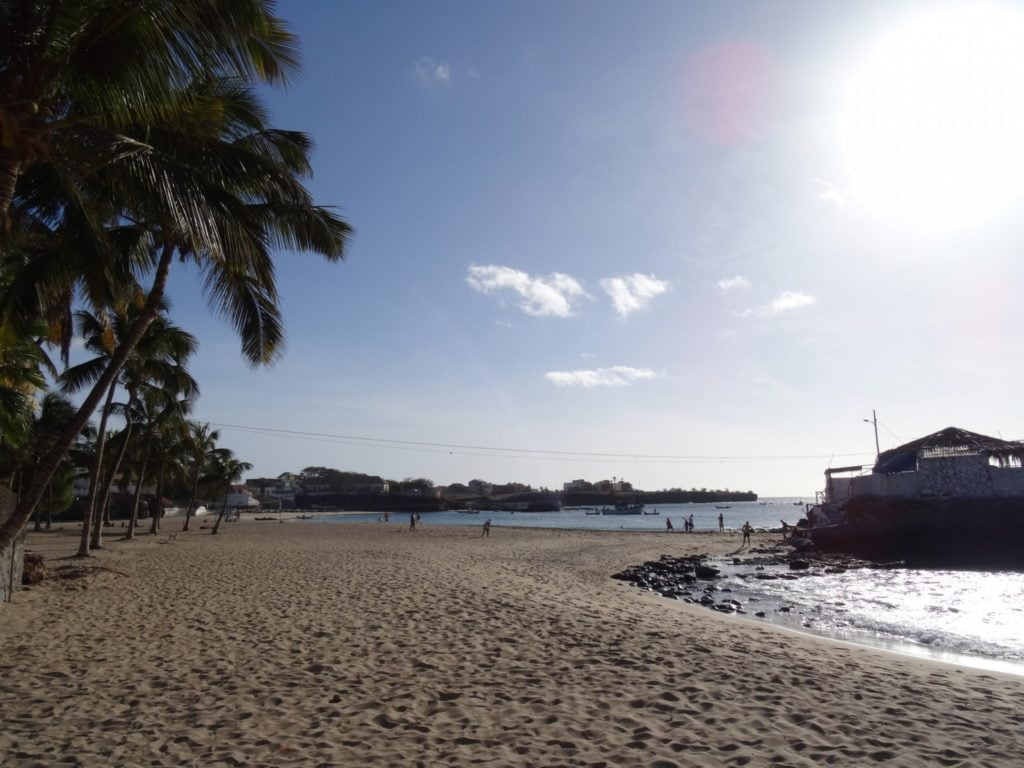Santiago
The creole birthplace island

What to do
- Island Tour
- Diving
- Hiking
- Boat excursion
- Mountain biking
- Bathing
- Surfing
- Snorkeling
- Music festivals
- Turtle watching
- Whale watching
What to see
- Ribeira Prata
- Rui Vaz (Botanical Garden)
- Cidade Velha
- Plateau
- Assomada market
- Boa Entrada
- Tabanka museum
- Tarrafal
- Ribeira da Barca
- Rabelados
Geography
Santiago is the largest island of Cape Verde, with an area of 991 km². The island is mountainous, although slightly flatter in the southeast. The wetter climate of the interior and the eastern coast contrasts with the drier one in the south/southwest coast.
Praia, located in the southeast coast, is the largest city on the island and of the whole archipelago. It is also the capital of the country. Other towns on the island include Cidade Velha,Cape Verde’s first capital, 15 km west of Praia; Assomada, 60 km north and Tarrafal in the northern part of the island 75 km from the capital.
Due to their proximity to the Sahara, most of the Cape Verde islands are dry, but on islands with high mountains and farther away from the coast, the humidity is much higher, giving it a rainforest habitat.
Northeastern slopes of high mountains often receive a lot of rain and Southwest slopes not. Some islands, as Santiago with steep mountains, are covered with vegetation where the dense moisture condense and soak the plants, rocks, soil, logs and moss.
History
During the Prehistoric era, the island was larger than 1,050 km² and approximately 80 km wide. In about 73,000 BC, the eastern portion of the island of Fogo collapsed into the ocean and brought a 170 meter high megatsunami that flooded the western part of Santiago.
The island was discovered by António da Noli in around 1460 who built a garrison in Cidade Velha which was then known as Ribeira Grande. Transcontinental slavery made Cidade Velha the second richest city in the Portuguese realm. Later, Portugal faced competition by the English, Dutch, French and Spanish who gradually took over the slave trade. The island was captured by Francis Drake and, as a result, Forte Real de São Filipe, Cape Verde’s first fortress, was built and finished in 1590.
In 1712, the capital no longer served Cidade Velha which was attacked by French pirates led by Jacques Cassard as part of the Cassard expedition and was moved to the Praia plateau. Praia was not officially the capital until 1770.
The island population, disadvantaged by the Portuguese colonial system, supported Amílcar Cabral and the African Party for the Independence of Guinea and Cape Verde and the independence of 1975.
Santiago hosted several times conferences on Creole culture.
